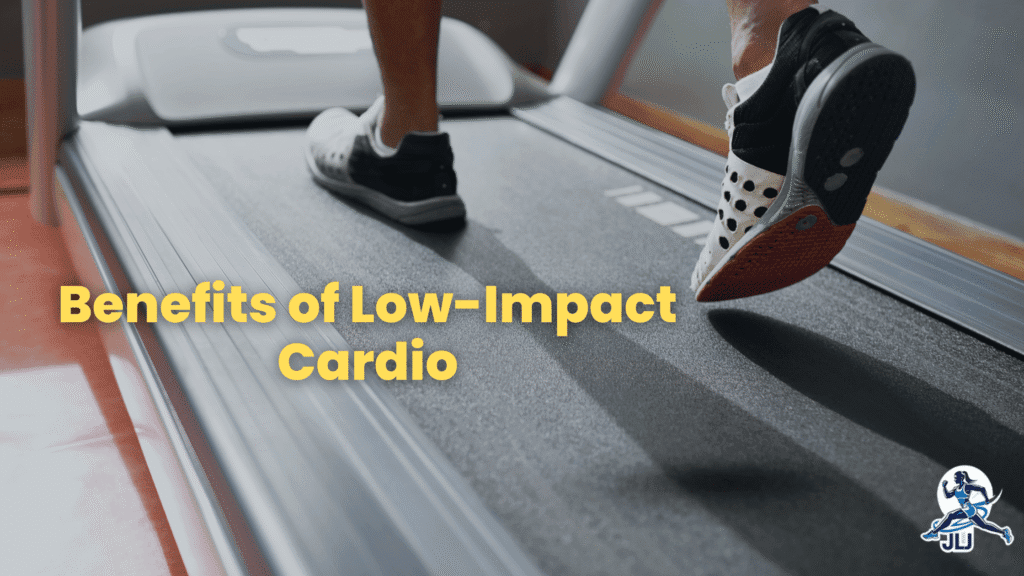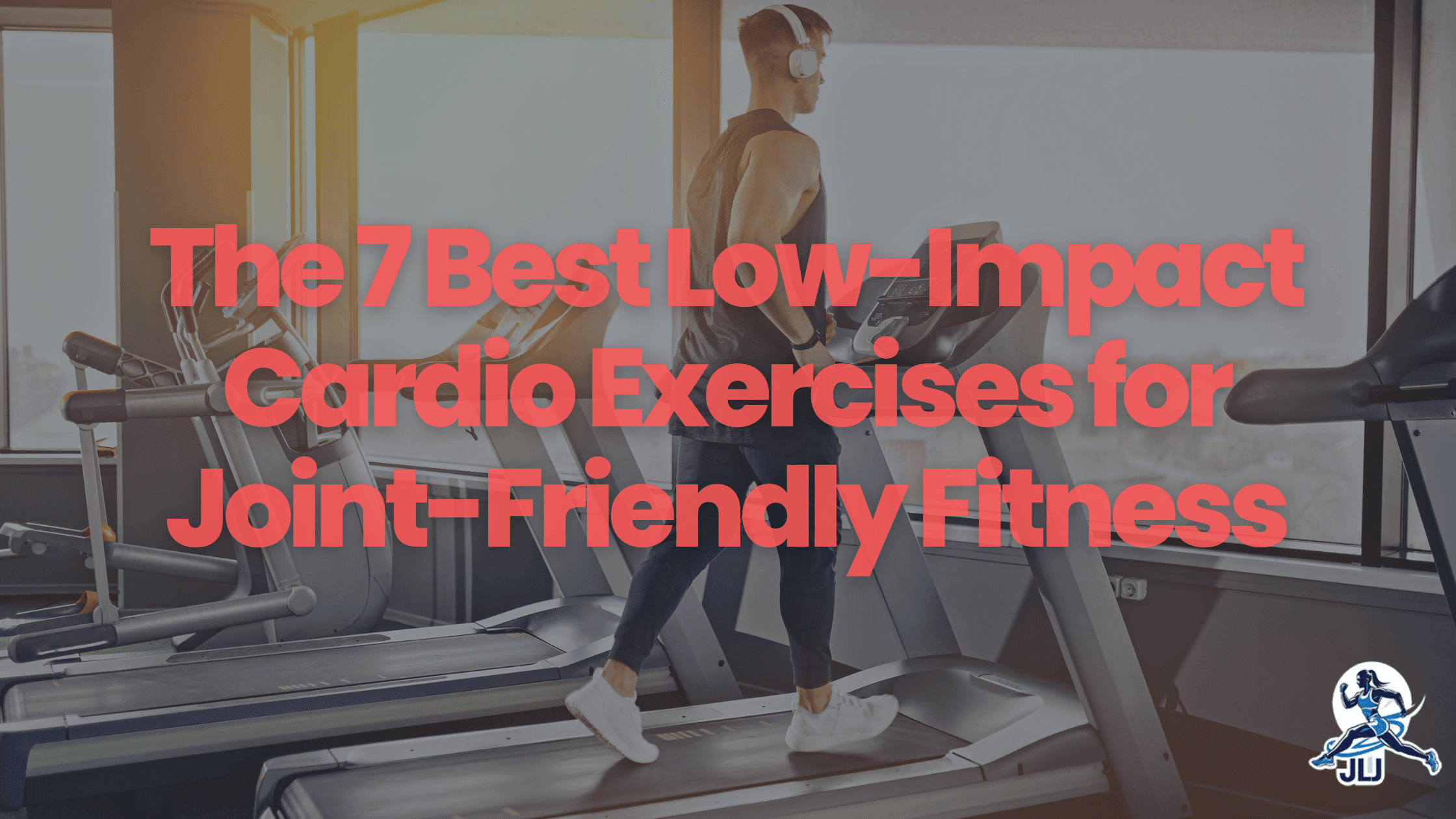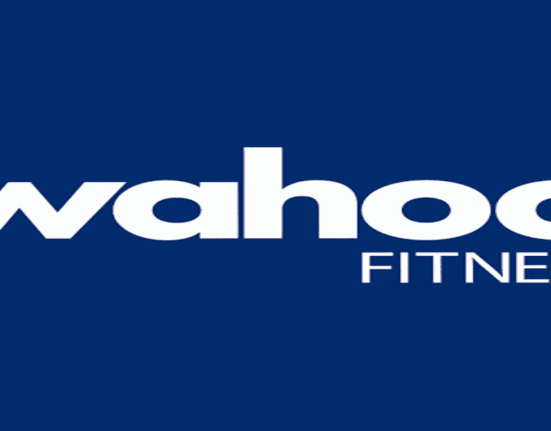Low-impact cardio exercises are the key to unlocking a powerful, heart-pumping workout without the punishing stress on your joints.
Have you ever wanted to boost your fitness and burn calories, but the thought of running or jumping makes your knees ache? You are not alone. While high-impact activities can be effective, they often come with a risk of injury and discomfort, especially for beginners or those with sensitive joints.
The great news is you don’t have to choose between protecting your body and achieving your fitness goals. This guide will introduce you to the best joint-friendly workouts that build endurance, strengthen your heart, and deliver incredible results—all while keeping you comfortable and pain-free.
What Exactly Is Low-Impact Cardio?
At its core, all cardiovascular exercise is designed to challenge your heart and lungs, using large, rhythmic muscle movements to boost your endurance and overall health.
So, what makes low-impact cardio a special and powerful category?
Low-impact cardio is a form of cardiovascular exercise specifically designed to minimize the jarring stress on your joints—particularly the ankles, knees, hips, and spine. The golden rule is simple: at least one of your feet remains in contact with the ground or a supportive platform (like a bike pedal or an elliptical) at all times. This eliminates the high-force landing that comes from jumping.
Think of it as the difference between fluid motion and abrupt impact:
- High-Impact Exercise: Involves movements where both feet leave the ground at the same time, such as running or jumping jacks. This creates a significant “jarring” force that travels through your body upon landing.
- Low-Impact Exercise: Uses smooth, controlled motions to keep you grounded. Examples include brisk walking, cycling, swimming, and using a rowing machine.
However, the most important takeaway is this: “low-impact” never means “low-intensity” or “low-benefit.” This is a common myth. You can absolutely achieve a challenging, high-intensity, and calorie-torching workout using only joint-friendly exercises. The goal is to elevate your heart rate, not punish your body.
Benefits of Low-Impact Cardio

Low-impact cardio exercises offer a wide range of physical and mental health benefits—without the joint stress that comes with high-impact workouts. Whether you’re aiming to lose weight, improve endurance, or stay active with minimal risk, low-impact cardio is a smart and effective choice.
1. Protects Your Joints
These workouts reduce strain on the knees, hips, and ankles, making them perfect for people with arthritis, past injuries, or joint sensitivity.
2. Improves Heart Health
Like all cardiovascular exercises, low-impact cardio strengthens the heart, improves circulation, and helps lower blood pressure and cholesterol.
3. Aids in Weight Loss
You can burn calories and boost your metabolism consistently without intense physical strain—making it easier to stick to your routine.
4. Enhances Mobility and Flexibility
Low-impact movement improves range of motion and keeps muscles and joints active, which is essential for long-term mobility and daily function.
5. Reduces Risk of Injury
By avoiding jumping and heavy impact, you lower your chances of strains, sprains, and overuse injuries.
6. Supports Mental Wellbeing
Cardio releases endorphins—your brain’s feel-good chemicals—which help reduce stress, anxiety, and improve mood.
7. Ideal for All Fitness Levels
From complete beginners to seasoned athletes needing active recovery, low-impact cardio is accessible, adaptable, and sustainable.
Check also: 5 Effective Lower Abs Exercises for Home Workouts
What Are the 7 Best Low-Impact Cardio Exercises to Try?
If you’re looking for effective ways to stay active without putting stress on your joints, these low-impact cardio exercises are a great place to start. They help improve heart health, support weight loss, and boost energy—while being safe, accessible, and easy to stick with.
1. Walking (Indoor or Outdoor)
A classic and incredibly effective form of low-impact cardio. Brisk walking elevates your heart rate, burns calories, and engages multiple muscle groups.
Tip: Aim for at least 30 minutes a day, five days a week for optimal benefits.
2. Cycling (Stationary or Outdoor)
Cycling strengthens the legs and improves endurance without putting pressure on the joints. It’s perfect for people with knee or hip concerns.
Tip: Maintain a steady, moderate pace for 20–45 minutes, and adjust resistance for added challenge.
3. Swimming or Water Aerobics
Water provides natural resistance while supporting your body weight, making swimming one of the best joint-friendly cardio workouts.
Tip: Ideal for those with arthritis or recovering from injuries—try 30-minute sessions for a full-body burn.
4. Elliptical Machine
This machine simulates walking or running without the impact. It also works both the upper and lower body at once.
Tip: Add short intervals of faster pace or higher resistance to burn more calories and increase stamina.
Check also: Top Rated Whey Protein Powder You Can Trust in 2025
5. Low-Impact Dance Workouts
Fun and energizing, dance workouts like Zumba Gold or low-impact aerobics can lift your mood while improving coordination and heart health.
Tip: Search for beginner or “low-impact” routines online if you’re working out at home.
6. Rowing Machine
Rowing offers a powerful combination of strength and cardio, engaging your arms, back, core, and legs with zero joint strain.
Tip: Use proper form and posture to avoid injury and get the most from each session.
7. Step Touches and Marching in Place
Perfect for home workouts with no equipment needed. These light, repetitive movements elevate heart rate and improve circulation.
Tip: Add arm motions, light weights, or music to make your routine more fun and dynamic.
These workouts are flexible, beginner-friendly, and easy to modify—making them some of the best low-impact cardio options for consistent and effective fitness.
Putting It All Together: Your Low-Impact Routine
Ready to turn this knowledge into action? Creating a sustainable, joint-friendly fitness plan is simpler than you think. Focus on these three core principles to build a routine that works for you.
1. Aim for Consistency
The key to seeing results—from weight loss to improved heart health—is consistency. The American Heart Association recommends at least 150 minutes of moderate-intensity aerobic exercise per week.
Don’t let that number intimidate you. You can easily break it down into manageable chunks, such as:
- 30 minutes, 5 days a week.
- 40 minutes, 4 days a week.
- Even 10-15 minute sessions multiple times a day.
Find a schedule that fits your life, and stick to it.
2. Embrace Variety (Cross-Training)
Doing the same exact workout every day can lead to boredom and potential overuse injuries. By mixing up your activities (a practice known as cross-training), you work different muscle groups and keep your mind engaged.
A balanced week might look like this:
- Monday & Friday: Brisk Walking or Elliptical
- Wednesday: Swimming or Cycling
- Saturday: A longer, fun activity like a hike or a power yoga class.
This variety ensures your fitness is well-rounded and exciting.
3. Listen to Your Body
This is the most important rule. Low-impact exercise should challenge you, but it should never cause sharp or shooting joint pain.
Learn to distinguish between the good feeling of muscle fatigue and the warning sign of pain. If an exercise hurts your knees, hips, or back, stop. There are plenty of other fantastic options to choose from. Your routine should make you feel stronger, not sorer.
Check also: The 5 Best Pre Workout Supplements for Beginners (2025 Edition)
Sample Beginner’s Weekly Schedule
Here is a simple template to get you started:
- Monday: Brisk Walking (30 minutes)
- Tuesday: Rest or Active Recovery (e.g., gentle stretching)
- Wednesday: Stationary Bike (30 minutes, focus on steady pedaling)
- Thursday: Rest
- Friday: Elliptical Trainer or Water Aerobics (30 minutes)
- Saturday: Long, leisurely walk or light yoga (45 minutes)
- Sunday: Rest
Remember, this is just a starting point. Feel free to swap activities and adjust the duration based on your energy levels and personal preferences. The best routine is the one you enjoy enough to do consistently.
FAQ
1. What are some low-impact cardio exercises?
Low-impact cardio exercises include walking, cycling, swimming, using an elliptical machine, low-impact dance, rowing, and step touches. These activities raise your heart rate without putting pressure on your joints.
2. What are the best low-impact cardio exercises?
The best low-impact cardio exercises are brisk walking, swimming, cycling, and elliptical training. They’re effective for heart health, weight loss, and joint-friendly movement.
3. What are low-impact cardio exercises for seniors?
Great options for seniors include water aerobics, walking, chair exercises, and light indoor cycling. These exercises are safe, improve mobility, and protect aging joints.
4. What are low-impact cardio exercises for weight loss?
To lose weight, try brisk walking, cycling, rowing, or low-impact dance workouts. Do these for 30–45 minutes, 4–5 times a week for best results.
5. What are low-impact cardio exercises for bad knees?
Swimming, cycling, water aerobics, and elliptical workouts are excellent low-impact options for people with knee problems, as they reduce joint pressure.
6. Can I do low-impact cardio exercises at home?
Yes! You can do step touches, marching in place, walking indoors, chair aerobics, or follow low-impact YouTube workout videos—no equipment needed.
Check also: The Honest Truth About Dumbbells with Adjustable Weights
Conclusion: Fitness That Feels Good
You no longer have to choose between getting a great workout and protecting your body. As we’ve seen, low-impact cardio exercises offer the best of both worlds, providing a safe, effective, and most importantly, sustainable path to better health.
This isn’t about finding an “easier” alternative; it’s about training smarter. By embracing activities that are kind to your joints, you are building a fitness routine you can stick with for years to come.
Whether you are stepping onto an elliptical, diving into a pool, or simply taking a powerful, brisk walk, every session is a direct investment in a stronger heart and healthier, happier joints. The first step is simple: pick an activity from this guide that you genuinely enjoy, and start moving today.
Your body will thank you for it.
Did you find this helpful or have something to add? Let us know in the comments section!
Sources:
https://odphp.health.gov/sites/default/files/2019-09/Physical_Activity_Guidelines_2nd_edition.pdf
https://centr.com/blog/show/34453/low-impact-cardio-workout
https://www.onepeloton.com/en-GB/blog/low-impact-cardio
https://www.health.com/fitness/cardio-workouts/low-impact-cardio












